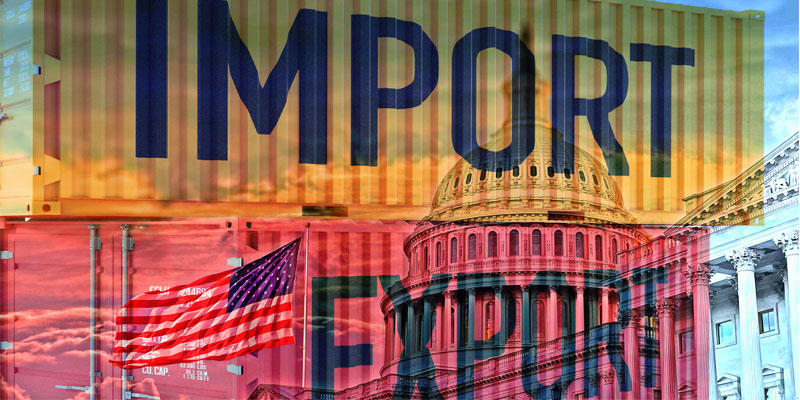
Carriers have been pushing spot rates increases, GRIs and surcharges on all Asia outbound lanes, due to increased demand and increasing equipment challenges in more origins and it would be prudent to expect more of the same.
Massive ex-China increases in airfreight demand has prompted airlines to withdraw long-term winter and summer schedule rates in favour of offering rates on a monthly, or even shorter basis for shipments from Asia to Europe and America
OCEAN
Container shipping lines have announced significant rate hikes on all ex-Asia trade lanes,
due to increased demand and increasing equipment challenges in more origins and we expect the lines efforts to restore rates will continue into the summer.
Global demand for ocean freight space is up 9% YoY and is expected to increase further in the coming months.
US imports from Asia have already surged over 19% YoY in 2024 and retailers are forecasting continued import growth into the traditional fall peak shipping season.
The tightening of vessel space availability from Asia has sent the Shanghai Containerized Freight Index (SCFI) to its highest level since September 2022, rising 19% after last week’s holiday, with sharp increases on all long-haul routes ahead of the summer peak season.
It is difficult to see what precipitated the steep increase in demand over the last couple of weeks, which have been remarkably strong.
It may be buyers pulling orders forward because they have concerns about global geopolitical uncertainties, or they need an additional two-week buffer of stock in transit. Or rates could be driven by a more general restocking to replenish inventories.
The speed and pace of change in the market has been phenomenal, replicating the lead-up to the peak of the pandemic. And with demand hugely high carriers are putting rates out and then withdrawing them because they have already been replaced with higher levels.
FAK and spot rate quotes for most shipping lines are now closed until June, or later, so shippers can’t make a booking even if they are willing to pay premium prices.
AIR
Global air cargo demand kept climbing in April, rising 6% above the same period last year, with eCommerce fashion and consumer sectors driving growth and helping the Asia-Pacific market rebound, while transatlantic flows declined.
There has also been significant movement in the cost difference between air and ocean freight, which makes the air option particularly attractive.
At the start of last month the average transpacific air cargo spot rate was just under nine times more expensive than ocean spot rates, but just prior to the start of the Red Sea crisis in December, air cargo was around 22 times more expensive.
Rates on services from Hong Kong to North America are now 6% ahead of last year’s levels, while rates from Hong Kong to Europe increased 12% as demand continues to surge.
Air freight’s booming eCommerce demand is led by the fashion and consumer sectors, with the surge in demand exceeding 50% from some southern origins, with eCommerce firms Shein and Temu sending over 600,000 packages to the US every day.
ROAD
The Transporeon capacity Index monitors volume in the European road freight market and since November 2022, the Capacity Index has been above 100, indicating that capacity availability has not been a concern.
Capacity in April 2024 fell by -4.2% from March, falling just below 100, suggesting that European road freight capacity could be approaching potential supply chain bottlenecks as demand is picking up, with the Spot Price Index increasing 7% YoY.
Annual EU core inflation, which excludes energy and food products, fell marginally faster than the UK’s from -2.9% in March 2024 to 2.7% in April 2024.
From a supply-and-demand standpoint, this indicates a resurgence in consumption, which bodes well for the European economy, but also a more constrained road freight capacity situation.
The capacity tightening we’re seeing may be driven by inventory restocking after inventories were widely reduced in 2023 following the order rush of 2022. Moving forward, lack of capacity coupled with an increase in consumer demand may further drive up spot and contract prices.
Whatever challenges your supply chain may face, our commercial vehicle fleet and the price and capacity agreements we have in place with our long-term partner air and ocean carriers mean that we continue to deliver resilient and reliable supply chain solutions.
Our purchase order management and supply chain tracking technology support the most demanding global trading regimes, providing transparency and control.
EMAIL Andy Costara to learn more and see how our technology can support your supply chain.





